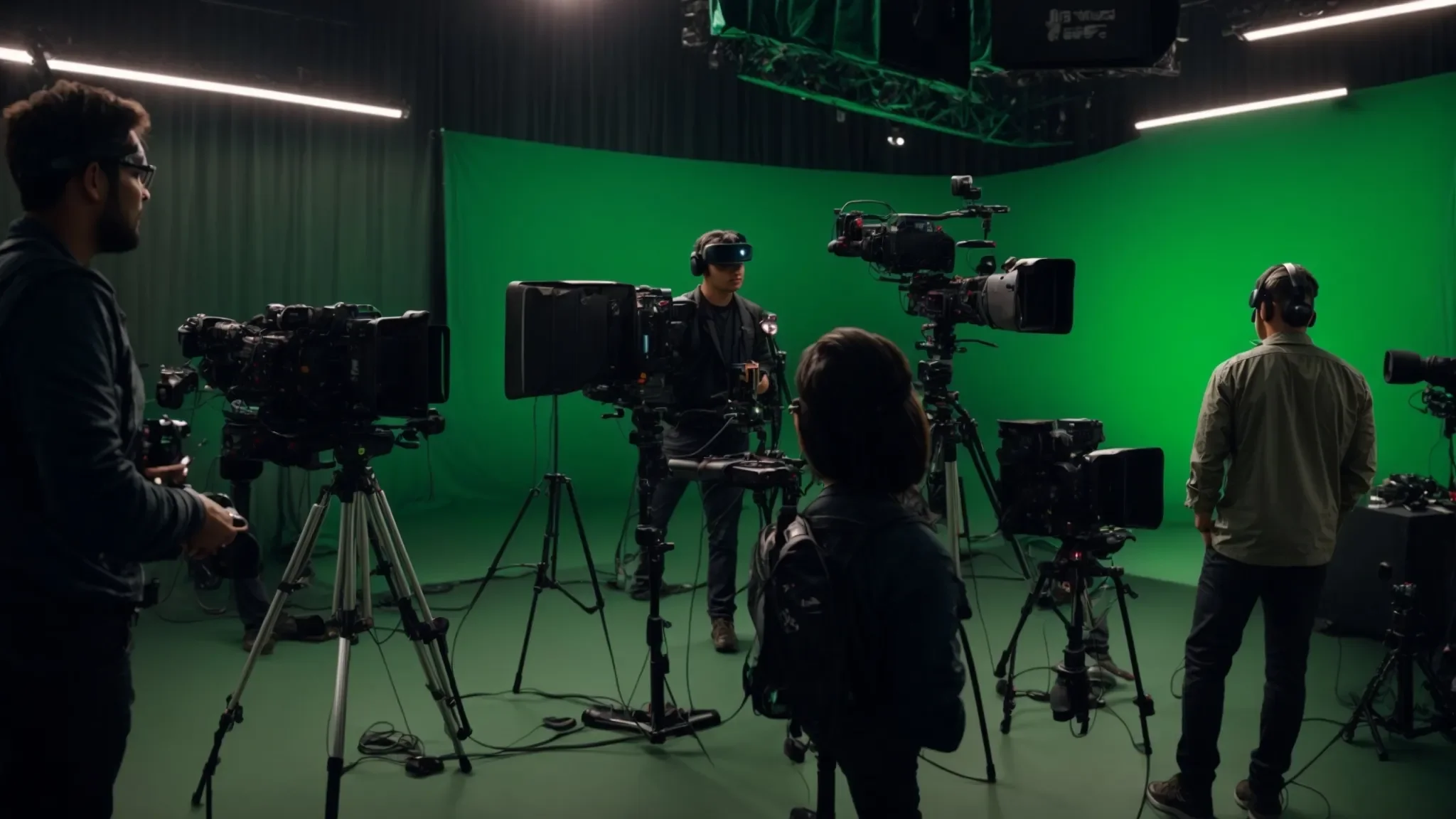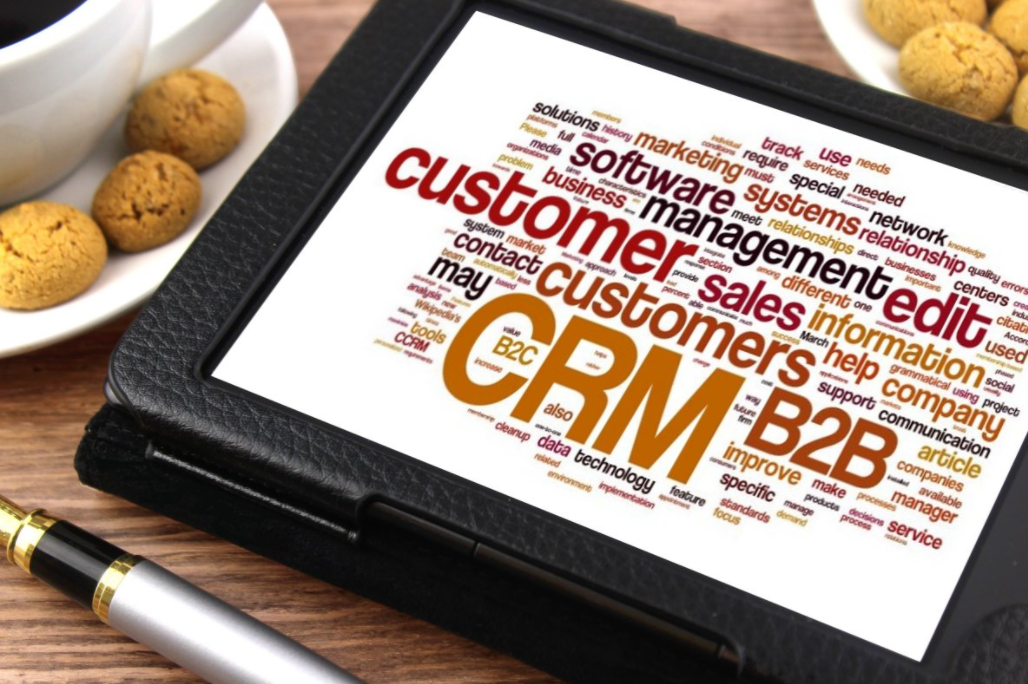This week, AMT Lab looks back on our Dance research to remember how dance and technology have fueled innovation for both.
Examining Digital Collaboration in Theatre Production Processes
Theatre is known for being a highly collaborative art form. At least pre-pandemic, it was also an art form customarily shaped by in-person ideation and collaboration. Now that theatremakers across the globe have spent 19 months rethinking their relationship to in-person production and experimenting with virtual alternatives, the question emerges - how is collaboration in theatre production process evolving from its ancient and analog roots?
Can Computers Be Creative? A Look at AI Use in Music Composition
When we think about AI, it generally is with some amount of wariness. We’ve all seen too many science-fiction movies where sentient robots take over the world, but we’re mostly certain that the creativity needed for these sentient beings to overtake us doesn’t exist. Artists, musicians, and creatives especially have historically been comfortable with the knowledge that their livelihoods were not in danger of being replaced by AI because of the inherent creativity necessary in those industries… until now.
Bringing Stories to Life: How Pixar Accomplishes Realistic Animation
Pixar revolutionized the animation industry through innovative technology and incredible storytelling. It was responsible for core developments in computer graphics history, blending technology and arts to make many of their films possible, leading to its massive success. 3D computer modeling technology has not only allowed for more efficient and faster animating, but it has opened the door for more people who are interested in joining the industry. It now easier than ever to download these softwares and begin learning how to animate. For artists in industry, there is not longer a limitation in the art that is waiting to be created – their visions can become a reality with the continual development of advanced animation technology.
Business Intelligence & Analytics in the Arts
The idea of collecting data is not new within the nonprofit world. Today, community-facing nonprofits are realizing how critical data collection is in achieving and reporting on their missions. According to the most recent edition of Salesforce’s Nonprofit Trends Report, organizations that ranked higher for digital maturity, or their ability to leverage data to inform decision-making, had a greater likelihood of exceeding goals during (and after) the COVID-19 pandemic. As more user-friendly technology are applied in CRM systems, the obstacles of domain knowledge are diminishing. This results in a positive implication of what these systems can do for nonprofits and how it can transform how these organizations are run. However, the lack of budget and training resources makes the obtention of these systems unlikely for many nonprofit organizations.
Going Beyond Google: Data Sources and Visualization
The evolution of Artful.ly
White Paper Wednesday: Computer Software and Online Technologies to Deepen and Grow Board Engagement
#TBT: The Arts Manager's Toolkit for Data Management
Here at AMT Lab, we have been sorting through plenty of data as we prepare for tomorrow’s release of the full report from our 2015 National Ticketing Survey (stay tuned!). Today’s throwback is a collection of AMT Lab Articles that discuss tools, stories and best practices for the management and usage of quantitative data in an arts organization. Most of these are a more recent throwback, but even those articles from 2012 still provide invaluable resources for organizational leaders.
Technologies in Arts Integration Curricula
Arts integration has applications across all subject areas in various learning settings. Most articles on visual arts integration do not consider technology; however, it makes sense that they should. By introducing a technological component to arts integration efforts, educators can create an innovative environment where children prepare for the creative and multidisciplinary needs of their future. AMT Lab's latest publication, Technologies in Arts Integration Curricula, compares types of integration hardware, methods of hardware acquisition, types of software, and multiple case studies in order to introduce readers to ways that technology can assist with multidisciplinary curriculum delivery.
Tips for Choosing a Grants Management System: Part 2
Throughout the process of selecting and implementing a grants management system (GMS), an arts organization must consider many factors in order to ensure positive results. These factors fall into four main categories: vendor interviews, data migration, integration, and training. All of equal importance, these categories must be weighed to find the optimum balance of system features and vendor characteristics.
Today we focus on the last two categories—integration and training. To read the first part of this two-part series, click here.
Tips for Choosing a Grants Management System: Part 1
Throughout the process of selecting and implementing a grants management system (GMS), an arts organization must consider many factors in order to ensure positive results. These factors fall into four main categories: vendor interviews, data migration, integration, and training. All of equal importance, these categories must be weighed to find the optimum balance of system features and vendor characteristics.
Today we focus on the first two categories—vendor interviews and data migration.
National Satisfaction with GMS Software
Today, an administrator has the ability to manage the entire granting lifecycle through a grants management system (GMS), including applicant relations, panelist reviews, and fund distributions. Online storage available through cloud computing and software with fewer hardware requirements have increased GMS product capabilities. And the ability for a GMS to interact with other systems, such as payment portals and accounting systems, has further made management of the grant lifecycle within a GMS easier. For many of today’s grant-making organizations, GMS software is an essential tool in day-to-day activities.
Grants Management Systems: Primer for Best Practices, Part 4
State arts agencies need to report not only to NASAA and the NEA, but also to other entities, such as state legislatures and the general public. These reports communicate impact to all stakeholders within the agency and across its jurisdiction. A GMS’s querying and reporting capabilities impact how this information is accessed and, ultimately, understood.
Grants Management Systems: Primer for Best Practices, Part 3
With grants management systems, the whole application process can be done online. To accommodate the needs of a diverse pool of reviewers, the system should allow them to view each application online and to access and download each application in a printer-friendly format. Grants managers should take full advantage of GMS panel review features by incorporating funding formulas (weight and average calculations) to the evaluation forms that reviewers fill out and then having reviewers input their final scores into the system.
Grants Management Systems: Primer for Best Practices, Part 1
In 2012, the nation’s 62 state and regional arts agencies distributed approximately $215 million in grant monies. Compare those figures to the nearly 82,000 grant-making foundations in the United States, which collectively distribute over $49 billion annually.
Assisting these arts agencies, foundations, and other money distributing bodies are grants management systems—automated systems that track a grant through its entire lifecycle, as well as store data for relationship management between the grantor and an applicant. Recognizing the complexity of grants management systems (GMS) and the relative lack of resources in the arts sector, best practices must be followed to achieve the maximum value of each dollar spent on a GMS.
Present vs. Future Return on CRM Selection: Lessons from the Pallas Theatre Collective
When adopting a CRM system, especially as a young organization, it is often better to enter the process with a view that focuses less on the expectation of immediate business returns and more on making an investment in the future. Indeed, even the implementation of a user-friendly system like Artful.ly or PatronManager will likely involve significant staff-hours to clean data, transfer files, and train users. During a recent series of interviews conducted with nano-nonprofit administrators either on the verge or in the midst of CRM implementation, ensuring that this huge productivity drain is a one-time occurrence and not a recurring nightmare emerged as a common concern.
Artful.ly Unchained: Have Nano-Nonprofits Found the CRM of Their Dreams?
On October 21st, 2013, Fractured Atlas officially ended the beta phase of their cloud-based CRM solution, Arful.ly. Over 1,400 organizations participated in this five-year process, characterized by what the Fractured Atlas team called “community-driven design.” Harnessing the collective wisdom of organizations and arts professionals, they took suggestions both online and through a number of sessions, soliciting ideas for features to include in the finished version.
Research update: Social Media Monitoring Software
In the early 2000s, nonprofit organizations asked themselves, “Why should we start using social media?” A decade later, the question now is, “How can we best use social media?” Let’s begin by exploring the ability of social media monitoring software to help carry out the social media efforts of an organization effectively and efficiently.
Navigating the Cloud: A Practical Guide for Arts Organizations
Just what is the cloud and what benefits might it hold for arts organizations? What makes a transition to cloud services worthwhile? And what cautions should be heeded when considering such a transition? This report from AMTLab contributor Stewart Urist introduces the basic categories of cloud services and discusses the potential benefits and risks they hold for arts organizations of various sizes. It's available now in AMTLab Publications.

























